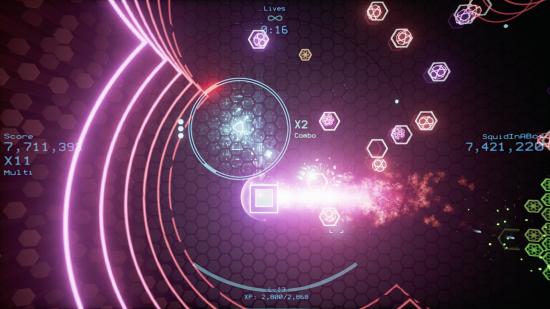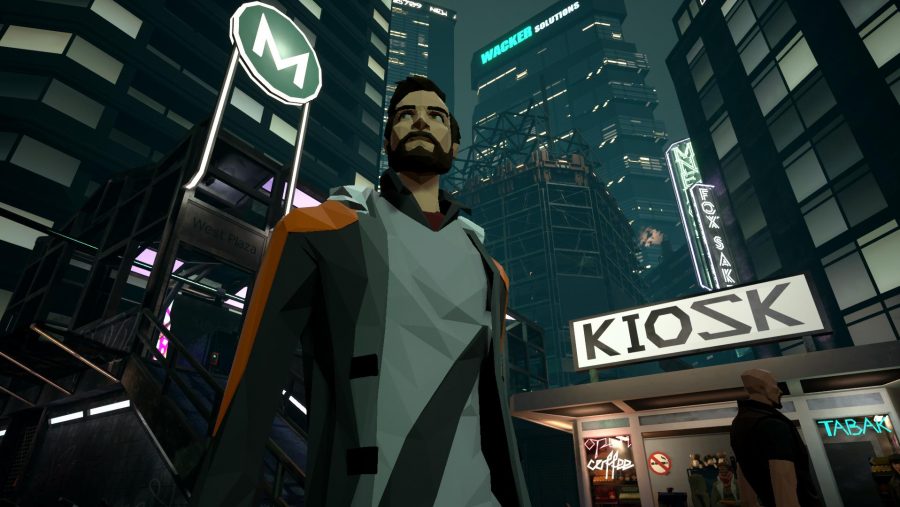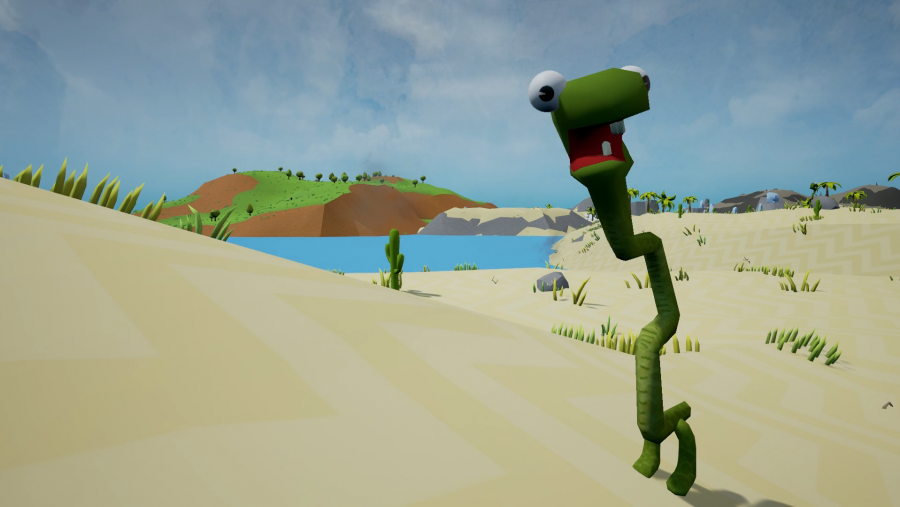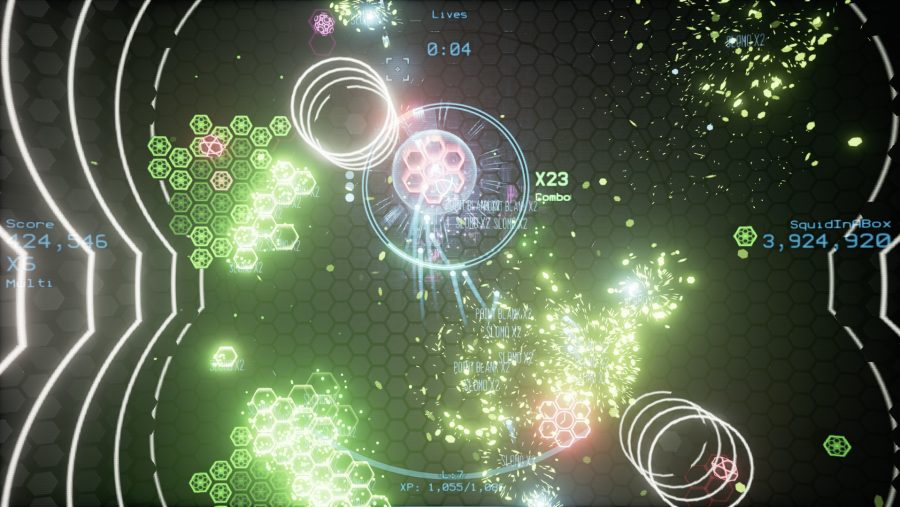It’s testament to how much great stuff was happening in Unreal Engine 4 this year that it wasn’t simply redubbed the ‘Fortnite engine’. Epic’s tech became the platform for games large and small all over the world – and not in the Western-centric sense that ‘all over the world’ is often used.
Thanks to its accessibility – both in price and the tools it offers – Unreal Engine 4 has powered big, beautiful games from Egypt and India, as well as from teams spread across many nationalities and connected only by instant messengers. We’ve had the pleasure of covering many of them across 2018 – one a week, to be precise – for Making it in Unreal, and thought we’d take the opportunity to celebrate the most fascinating and technically brilliant here, at the year’s end.
Some have taken advantage of the engine’s tools to build the sort of strange and ingenious systems you still only find in PC gaming – in-game metabolism trackers and YouTube drones.
Others are from tiny teams punching above their weight to create games that look triple-A, but come from a new and personal perspective. All deserve to be held up as examples of pioneering development in 2018 and beyond.
Scum
In PC gaming we tend to celebrate simulation even when taken to ludicrous extremes, so it makes sense that Scum found such a large audience on Steam in 2018. Its developer created systems to track calorie intake, metabolism, digestion, and the levels of nutrients, vitamins, and minerals in your character’s body. The result is a game that perhaps has a truer claim to the term ‘survival’ than any other.
State of Mind
You’re likely aware of the concept of level streaming – if you ever drove into a GTA III wall that hadn’t loaded in yet, it’s hard to forget. But the extent of its use in modern games is fascinating, as State of Mind proves. Turn around in a busy square, and the scene behind you disappears – until you look back, at which point it materialises again, just in time. Game dev magic.
Deliver Us The Moon
The Netherlands is not without its standout studios – Guerilla Games made Horizon Zero Dawn, and indie powerhouse Vlambeer has put out a string of characterful score chasers. But KeoKeN Interactive’s Koen Deetman was frustrated by an overall lack of ambition in his homeland, and picked Unreal Engine 4 as the platform to build a bold space game – part Gone Home, part ISS simulator.
Fractured Veil
Many of us play games not just for our own pleasure, but to be watched by audiences large and small on Twitch and YouTube. Fractured Veil is the first game of its kind to build camera drones into the world, which zip around streaming footage straight to YouTube. Thanks to the source code access Epic grants developers, Fractured Veil hooks directly into the YouTube API and broadcasts whatever player behaviour the drone’s AI deems most exciting.
Wrongworld
Unreal Engine 4’s visual scripting language, Blueprint, allows developers to build their own tools – and just occasionally that leads to nuclear vacuum cleaners. Jamie Coles was creating a system for his survival game so that players could automatically pick up nearby objects. It was designed for convenience, but once he realised he could apply physics to that system, it became a staff weapon for creating whirlwinds of objects. You’ll never see this in Minecraft.
Knights of Light
In some cases, Unreal Engine 4’s accessibility has opened up genres traditionally reserved for triple-A to new kinds of creators. Take an open-world RPG like Knights of Light, led by a former English and Russian language tour guide in Cairo. Ahmed Fouad and his team are determined to present the Middle East and its history in a way Western games have rarely managed – as home, rather than the other.
Waves 2
Sometimes the great technical innovation of a game is obvious from the outside, like Battlefield 5’s spectacular and uncanny ray tracing. At other times, you get a game like Waves 2. Or, rather, games. While players see only the twin-stick shooter on the surface, developer Robert Hale has designed an AI to play counters against them, much like a Hearthstone veteran would. The ‘cards’ the AI picks determine what enemies spawn next on-screen.
Hell Let Loose
When you envision a favourite game studio, it’s easy to imagine an air-conditioned office where a casually dressed team works under the gaze of a cardboard cutout of Master Chief or Gordon Freeman. In reality, Unreal Engine 4’s non-existent price tag has allowed many teams to work remotely, and this turns out to be a huge boon. Not only were the developers of Hell Let Loose brought together by a shared desire for a WWII shooter with highly specialised roles, not geography, their variety of nationalities has given them a unique and fittingly international perspective on a global war.









